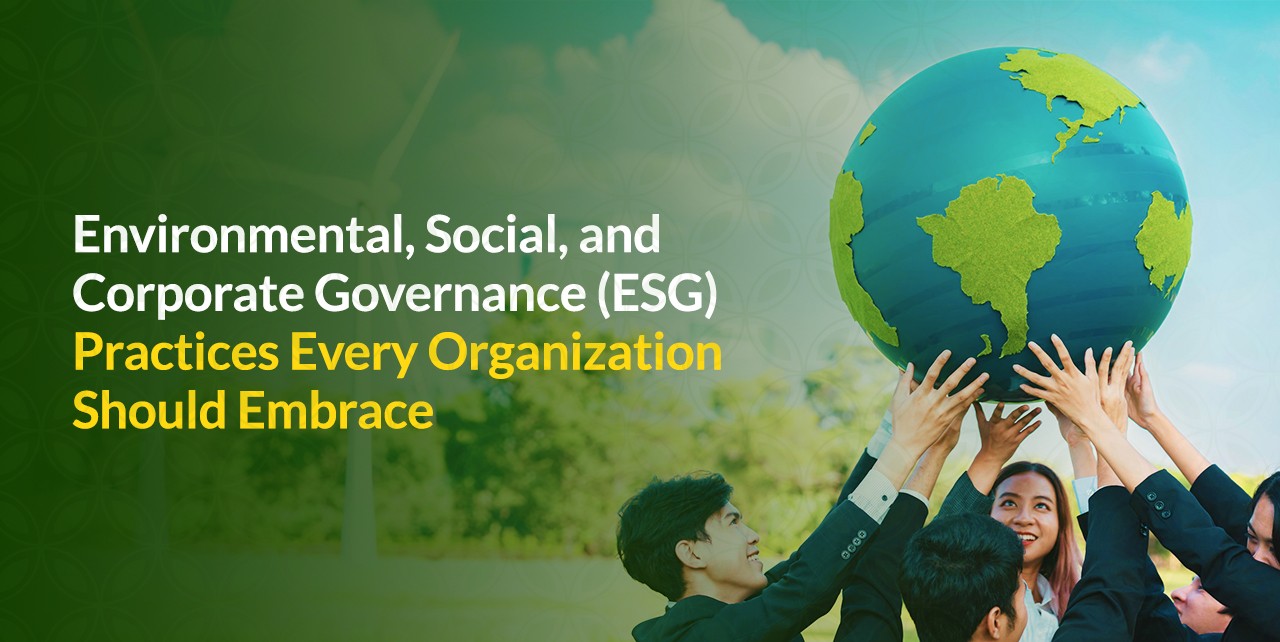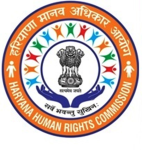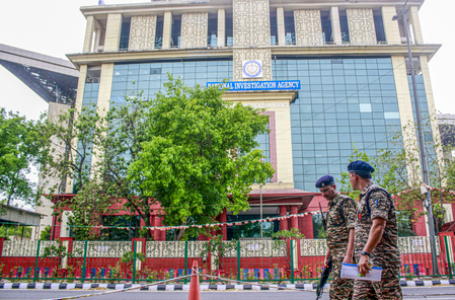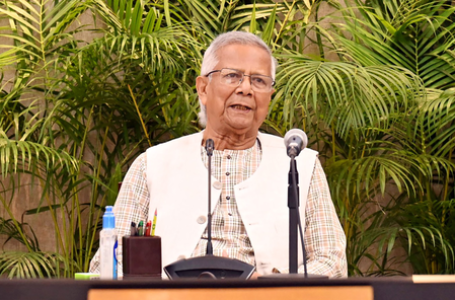
New Delhi: In today’s world, the role of corporations extends far beyond profitability. They are seen as stewards of sustainability, agents of social change, and drivers of governance reform. The journey from Corporate Social Responsibility (CSR) to Environmental, Social, and Governance (ESG) principles, and now to ESG 2.0, reflects a significant transformation in how businesses engage with society and the environment. This evolution underscores the increasing realization that sustainable practices are not just ethical imperatives but also strategic priorities essential for long-term success.
The concept of Corporate Social Responsibility (CSR) emerged in the 1950s, championed by figures like Howard Bowen, who emphasized that businesses have obligations beyond profit-making. CSR started as a voluntary practice focused on ethical responsibilities, gaining traction during the 1960s amidst social and environmental movements such as civil rights activism and environmental advocacy.
In the 1970s and 1980s, CSR evolved into a more structured approach. Companies began to understand that addressing social issues could enhance reputation and mitigate risks. Iconic cases like Johnson & Johnson’s response to the Tylenol crisis demonstrated how ethical practices could protect and strengthen brand equity.
By the 1990s, globalization and public scrutiny pushed CSR further. Events like the 1992 Earth Summit in Rio de Janeiro emphasized the importance of sustainable development, paving the way for broader frameworks.
Now let us discuss about the shift to ESG, measuring resposibility. The early 2000s marked the shift from CSR to ESG as investors, governments, and civil society demanded more tangible and measurable impact. Unlike CSR, which often lacked concrete metrics, ESG introduced standardized benchmarks to evaluate a company’s environmental, social, and governance performance. The emergence of initiatives like the Global Reporting Initiative (GRI) and the UN’s Principles for Responsible Investment (PRI) set the stage for global adoption.
During this period, corporations like Shell and BP began incorporating ESG frameworks to rebuild trust after environmental crises. ESG principles provided a means for businesses to demonstrate accountability and align with the growing expectations of stakeholders.
The 2010s saw ESG principles become mainstream. The financial crisis of 2008 underscored the importance of governance, while the UN Sustainable Development Goals (SDGs) launched in 2015 encouraged companies to integrate sustainability into their operations. ESG indices and ratings gained prominence, guiding investors toward companies committed to responsible practices.
In the 2020s, ESG has evolved into ESG 2.0—a deeper integration of sustainability into business strategy. ESG 2.0 goes beyond compliance and public relations; it emphasizes embedding sustainability into the core of operations, driving innovation, and creating lasting value. It is more than mitigating risks; it’s about seizing opportunities for innovation. Today, by embedding ESG into core strategies, businesses can unlock new markets, enhance brand reputation, and drive product innovation.
While this approach requires a mindset shift, companies no longer view ESG as a regulatory burden but as a driver of competitive advantage. For example, firms prioritizing renewable energy not only reduce carbon emissions but also position themselves as leaders in transitioning to a low-carbon economy.
To this end, it is important to discuss the subject in regional and sectoral contexts and the Middle East perspective. One of the hallmarks of ESG 2.0 is its adaptability to diverse regional and industry-specific contexts. In the Middle East, ESG is increasingly gaining prominence as governments and businesses align with global sustainability goals while addressing unique regional challenges. With initiatives like Saudi Arabia’s Vision 2030 and the UAE’s Net Zero by 2050 strategy, the Middle East is embracing ESG as a cornerstone of economic diversification and environmental stewardship.
In this region, sectors such as energy and construction focus heavily on reducing carbon emissions and transitioning to renewable energy, reflecting the global urgency for decarbonization. Meanwhile, industries like finance and technology prioritize transparency, governance, and fostering inclusive growth to attract international investors.
Let us also focus on challenges and opportunities – ESG 2.0. Despite its promise, transitioning to ESG 2.0 is not without challenges. Regulatory environments vary across regions, adding complexity for multinational companies. Shifting organizational culture to prioritize long-term sustainability over short-term profits requires strong leadership and clear communication.
Proving ESG claims is another hurdle. As stakeholders demand transparency, companies must back their commitments with rigorous data and honest reporting. Governance plays a crucial role here.
Having said that, the opportunities in ESG 2.0 far outweigh the challenges. By embedding sustainability into their DNA, companies can enhance resilience, attract top talent, and build long-term value. Younger generations, in particular, prefer working for companies that share their values, making ESG a key factor in talent retention.
Advanced technologies such as AI and blockchain are also accelerating the ESG transformation. AI optimizes energy usage, while blockchain ensures supply chain transparency, making sustainability efforts measurable and credible.
The future outlook is more promising. Today, ESG 2.0 represents a new era in corporate responsibility. It is not just about ticking boxes or meeting minimum standards; it is about reimagining the role of business in society. The transition to ESG 2.0 is a chance for companies to redefine their purpose. It’s about creating meaningful change that benefits all stakeholders.
The journey from CSR to ESG 2.0 reflects an ongoing commitment to balancing profitability with sustainability. Businesses that embrace this transformation are better positioned to navigate global challenges, innovate, and thrive. By prioritizing accountability, transparency, and impact, companies can build a legacy that extends beyond profits.
INDIA NEWS STREAM
( The writer is a financial communications consultant )


















